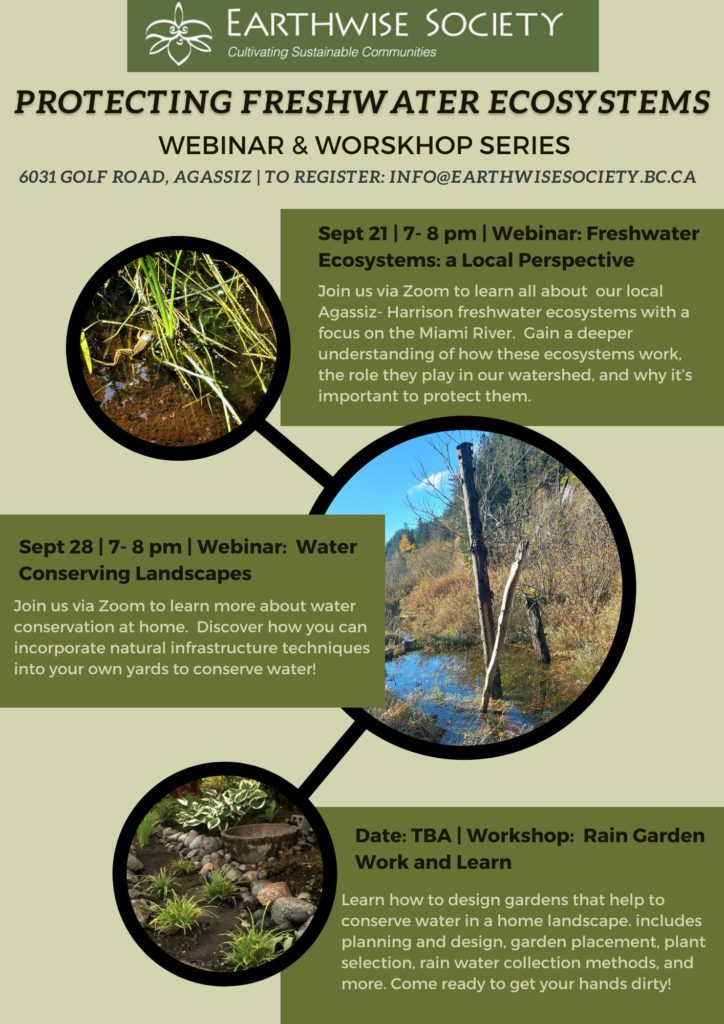The Hidden World of Freshwater Macroinvertebrates in Africa
Africa’s tropical belt, stretching from the Guinean forests of West Africa to the Congo Basin of Central Africa, is renowned for its rich and diverse ecosystems. This region is home to an extraordinary array of life, but beneath the surface lies a world that is often overlooked: freshwater macroinvertebrates. These tiny creatures, which include snails, dragonfly larvae, caddisflies, mayflies, and stoneflies, play a critical role in maintaining the health of freshwater systems.
Ecologists like Edward O. Wilson have emphasized that invertebrates are “the little things that run the world.” As ecological engineers, they help break down organic material, recycle nutrients, and form the base of aquatic food webs. More importantly, they serve as some of the best biological indicators of ecosystem health. Their presence or absence can reveal information about pollution, habitat degradation, or environmental recovery—often more accurately than chemical tests alone.
Despite their importance, freshwater macroinvertebrates receive relatively little conservation attention. Many countries lack comprehensive surveys, and there is a shortage of trained experts who can identify and study these species. This knowledge gap has led to a lack of data on their distribution and diversity, making it difficult to prioritize conservation efforts.
A New Study on Macroinvertebrate Diversity in the Guineo-Congolian Region
A recent study by freshwater scientists from Nigeria and Germany aimed to address this issue by compiling data on macroinvertebrates across 15 African countries. The research team drew from peer-reviewed publications and the Global Biodiversity Information Facility (GBIF), ensuring that all records were identified to the species level. This effort created a unified and curated database that can be used to model species distributions and guide future conservation strategies.
Similar approaches have been successfully applied in Europe and North America, where species distribution data has helped inform the protection of freshwater habitats. However, this study represents one of the first large-scale efforts focused on the understudied ecosystems of Africa.
The results were surprising. Most countries in the region are severely underrepresented in macroinvertebrate records. In some cases, such as São Tomé and Príncipe, no records exist at all. Others, like Equatorial Guinea and Togo, have very few documented species—fewer than 50 in total. While some data is available through platforms like GBIF or published studies, it is far from complete.
Nigeria, the Democratic Republic of Congo, Gabon, and Cameroon show better coverage, with over 200 species each. These numbers come largely from national surveys, published studies, and contributions to global databases. However, even these figures are modest when compared to the likely biodiversity present in these regions. Limited sampling efforts and gaps in taxonomic research mean that much of the diversity remains undocumented.
The Missing Pieces: Understanding the Gaps
The study revealed a clear positive relationship between the number of recorded species and the intensity of sampling efforts. This suggests that much of the biodiversity in under-sampled areas remains undocumented. The low number of species recorded does not necessarily reflect low biodiversity, but rather a lack of research and resources.
One significant absence in the data is the scarcity of species that indicate healthy freshwater habitats, such as mayflies, stoneflies, and caddisflies. These organisms are highly sensitive to environmental stress and are widely used in biomonitoring programs worldwide. Their absence in African datasets does not mean they are absent in nature, but rather highlights a lack of taxonomic expertise and research focus.
What Needs to Change?
To protect Africa’s freshwater ecosystems, several actions are needed:
- Conduct macroinvertebrate surveys in under-sampled nations to fill data gaps.
- Invest in taxonomic training and provide access to identification tools for both citizen scientists and researchers.
- Establish regional initiatives and transnational research partnerships to share expertise, data, and methodologies among biodiversity experts.
National governments and the African Union must prioritize freshwater biodiversity on their environmental agendas. Macroinvertebrate research and conservation should be recognized as essential components of achieving the United Nations Sustainable Development Goal 15, which focuses on protecting inland freshwater ecosystems.
Fieldwork in previously unexplored sites has already led to the discovery of rare and threatened macroinvertebrate species. These findings underscore the importance of continued exploration and research.
The Call to Action
Freshwater systems are under increasing pressure from human activities, climate change, and habitat loss. Ignoring macroinvertebrates means ignoring the very foundation of healthy freshwater systems. These creatures are the silent custodians of biodiversity, yet they remain largely unseen and undervalued.
It is time to bring them out of the shadows and into the forefront of conservation efforts. By investing in research, education, and collaboration, we can ensure the protection of these vital species and the ecosystems they support. The future of Africa’s freshwater biodiversity depends on it.






